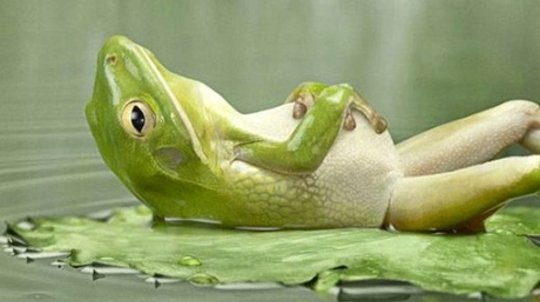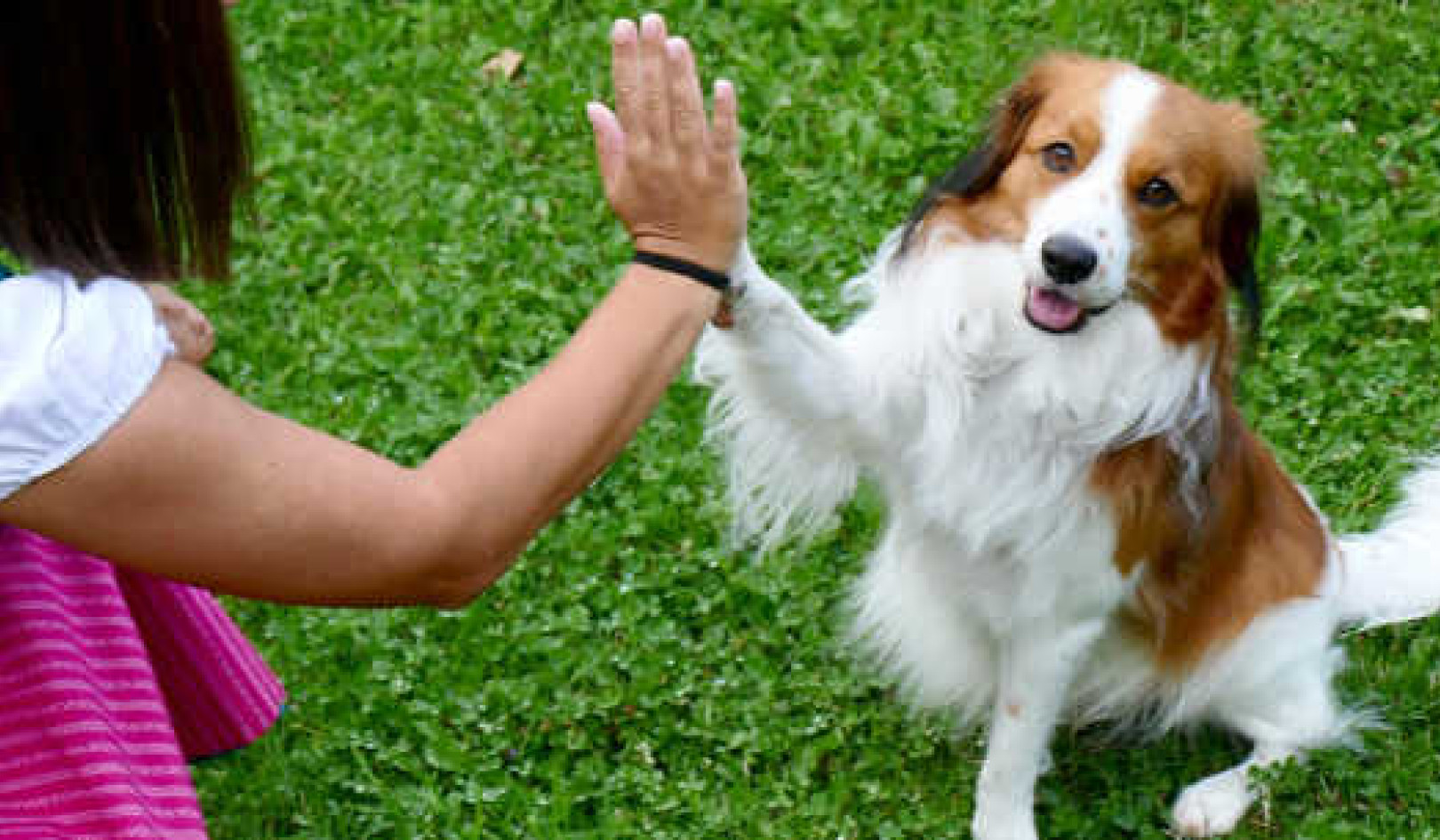
 ll kinds of discomforts disappear when we’re asleep, and changing our attitudes and thinking—our consciousness—can completely change our experience of living. That may be easier said than done; but there is a sure-fire way to make it happen.
ll kinds of discomforts disappear when we’re asleep, and changing our attitudes and thinking—our consciousness—can completely change our experience of living. That may be easier said than done; but there is a sure-fire way to make it happen.
There’s a place you can go where you can reconfigure your inner self, so to speak. A place where you can find as much connection, and as much peaceful serenity, as you like. A place where you can even find the means to tolerate practically anything, to celebrate even the simplest aspects of life, and to investigate its very deepest mysteries.
That place is inside of you—within yourself and every one of us, in this very moment. It’s your very own inner treatment facility for dealing with any discomfort, where you can perfect the means of becoming unflappably content. It’s a kind of natural medication, only not with a “c,” but with a “t” instead. It’s meditation, and it’s been around a long, long time.
What's So Great About Meditating?
The great thing about meditation is that it’s so practical, so easy, and so constantly, immediately available. Since it is a personal thing, it’s good to practice it by yourself in a peaceful location, or along with a group of other like-minded meditators. But its benefits can be called upon at any moment—even (or especially) in the craziest, most crowded or difficult circumstances, and always with wonderful results.
Get The Latest By Email
The difference between meditation and simply using relaxed or reverential thought to calm yourself down is that meditation is an intentional practice. And like anything you practice, the more you do it, the better you’ll get it.
The goal of meditation—the “it” you get by practicing—is really two simple things: controlling your state of mind by controlling your thinking, and becoming aware of your real connection to Life. That’s all. Pretty incredible goals to achieve while you’re just sitting (or even lying) down, aren’t they?
A Few Simple Approaches to Meditation
Practicing is simple; all you really need to do is relax and get comfortable (preferably in a quiet place)— anywhere and at any time. There are a few simple approaches that I’ve always found very helpful—and I’ve always needed all the help I could get, given that meditation starts us out with a rather difficult proposal, that is: What do you think about when you’re not supposed to be thinking?
The first way I found is to begin by just thinking about how and what you’re thinking. Listen to that subtle self-dialogue we all have going on inside our heads. Watch how your thoughts string together, and observe where they’re really coming from and why—especially fears that just don’t do you any good at all, or regrets that you can really just let go of at any point. Become a witness to the urgent, demanding voices we have coming from who knows where, and instead focus on the calm “voice of reason” that gently, constantly arises within you.
“The still, small voice,” as the Quakers call it.
Sometimes, your thoughts will start going in a direction that you don’t want them to go and, with a little meditative practice, you get so that you can just change them—turn them around, or even shut them off almost entirely. Thinking is just a kind of overlying process that feels as if it needs to keep moving (like a shark), but it doesn’t. It actually feels a lot better to learn to slow it down, or even to keep it still sometimes.
Thinking requires consciousness, but consciousness doesn’t require thinking. It’s just the action that the organ we call the brain performs, just as breathing is what the lungs are for—or like the I-have-no-idea-what the duo denum is for, or the appendix (there’s one of those in the back of the book).
Have you ever said to yourself: “I don’t even want to think about it?” Then you don’t have to if you don’t want to. Change the channel, as it were, to something more comfortable. To a beautiful idea or a marvelous memory. To a spectacular concept. Or simply, after a little practice, to the glow of calm silence.
The next way is to concentrate on some experiential or physical or even mechanical aspect of your being—like your breath, in and out, coming in, turning around, and going back out. Or like your heart beating—one, two, three, four—sending blood out to your fingers and toes, tingling, pulsing. What do you see inside your closed eyes? What the heck is going on in there? It’s not nothing, is it? It’s usually more like an electric dance of sorts—waves of shimmering light, fields of subtle effervescence in a darkened sea. Amazing, what all is going on inside of us.
My last best way to practice is to focus on an object of devotion. A spiritual inspiration like God, or Jesus, or Buddha, or Allah, or Krishna, or the Divine Feminine. Other inspirational figures, like Gandhi or St. Theresa. A favorite aunt who’s passed away, or a loved one like your child, or your pet. Even the moon, or the oak tree in your backyard. All of these are appropriate focuses for the kind of devotional concentration that can deliver you to calm thought and a real connection with Life and with the Universe. A mantra, or repeated prayer or chant, can help you focus and relieve you of wandering, unnecessary thoughts. Pick one you like, and try it out.
Sometimes (lots of times), it won’t be only one of these three approaches that works for you, but some combination of all three. They all work together.
Welcome to the Wonderful World Within
Welcome to the wonderful world within, the world of meditation (with a “t”), or contemplation. Seeking the serene connection within. Exploring the rich world of divine imagination available within that expansive inner space to which we all have direct, personal access.
The truly amazing thing about it is that within, “by yourself,” you have the means to find all the peace you could ever want, the means to discover all the wonders of our mysterious inner universe—memory and realization. You may find new aisles and shelves in your mind’s library that you’ve never visited before; or you may leave “the building” entirely to explore your unexplored realms of inner awareness. Really. Monks do it all the time. So do business types, artists, academicians, and even the proverbial used-car salesperson. It’s free to all, and it can create profound personal freedom for everyone who gives it a little practice.
In there, in meditation, as the transient demands of unnecessary thinking begin to fade, you’ll find the path to compassion and forgiveness that will improve even any of life’s “most dire” situations. You’ll find that many tough situations are of your own making, and not really such a big deal in the Great Scheme of Things. Along with watching your thoughts string together—which can relieve you of the nasty, fearful self-dialogues from which you may suffer—you can focus on your inner workings. On your breath. Or on how you don’t beat your heart, but rather it beats you.
You may discover the path to spiritual, and often physical, wellness—a real faith in Life.
Between your thoughts (and heartbeats), where you wouldn’t think you’d find anything, you can actually find everything—like the objects of your deepest devotion; your soul’s expression, your inner purpose; the meaning of spiritual evolution. . .and maybe even dig for the greatest treasure of all—Love. Then you’ll probably find out that it was all around you in plain sight, all the time.
Say . . . I guess that would qualify meditation as an official tip for finding true happiness—and a very good one at that, as it is the wellspring of joy, serenity, self-awareness, wholeness, and Love available to everyone.
Buddha Didn't Gain Anything from Meditation
Here’s an anecdote about the Buddha, who became the expert on finding inner peace and oneness after spending about seven solid years in meditation. When a skeptic asked the Buddha: “What have you gained through meditation?” the Buddha replied: “Nothing at all.”
“Then, Blessed One, what good is it?” the skeptic asked.
“Let me tell you what I lost through meditation,” the Buddha answered. “Sickness, anger, depression, insecurity, the burden of old age, the fear of death. That is the good of meditation.”
©2014 by Robert Kopecky. All rights reserved.
Reprinted with permission of the publisher, Conari Press,
an imprint of Red Wheel/Weiser, LLC. www.redwheelweiser.com.
This article was adapted from the book:
How to Survive Life (and Death): A Guide for Happiness in This World and Beyond
by Robert Kopecky.
 An Emmy-nominated art director for television, Robert Kopecky never dreamed he'd end up writing a book about how to survive life and death. But what else could he do? Over the years, he had not one but three near-death experiences and discovered exactly what lives on the other side of our fears about dying--and living. And he had some stories he knew we'd want to hear. Even some very funny ones. You'll discover what Robert believes are the three keys to living more life: Radical Kindness, Radical Forgiveness, Radical Surrender. And you'll find the calm determination to live your life accordingly.
An Emmy-nominated art director for television, Robert Kopecky never dreamed he'd end up writing a book about how to survive life and death. But what else could he do? Over the years, he had not one but three near-death experiences and discovered exactly what lives on the other side of our fears about dying--and living. And he had some stories he knew we'd want to hear. Even some very funny ones. You'll discover what Robert believes are the three keys to living more life: Radical Kindness, Radical Forgiveness, Radical Surrender. And you'll find the calm determination to live your life accordingly.
Click here for more info or to order this book on Amazon.
About the Author
 Robert Kopecky is an Emmy nominated art director. He designed the credits for Showtime's Weeds, and he art directs the PBS children's show Word World. He contributes to Evolver.net, NewBuddhist.com, TheMindfulWord, and elsewhere. He lives in Brooklyn with his wife, Sue Pike, the Animal Talker (SuePikeEnergy.com). Visit him at www.robertkopecky.blogspot.com/.
Robert Kopecky is an Emmy nominated art director. He designed the credits for Showtime's Weeds, and he art directs the PBS children's show Word World. He contributes to Evolver.net, NewBuddhist.com, TheMindfulWord, and elsewhere. He lives in Brooklyn with his wife, Sue Pike, the Animal Talker (SuePikeEnergy.com). Visit him at www.robertkopecky.blogspot.com/.
Watch a video with Robert: "How to Survive Life (and Death)", Namasté Bookshop, NYC







